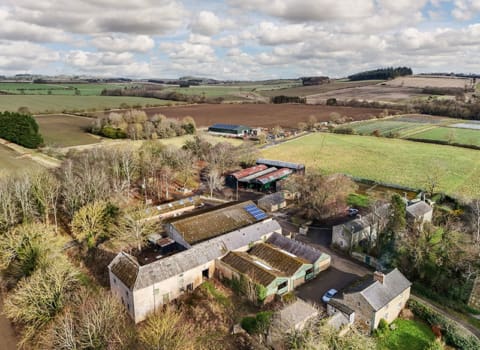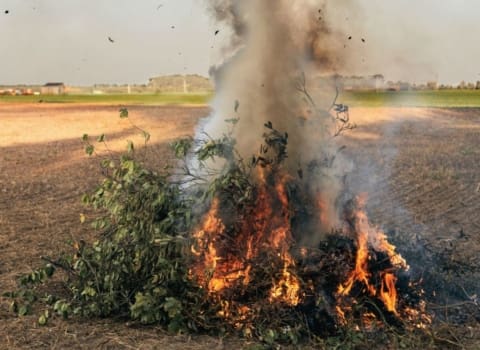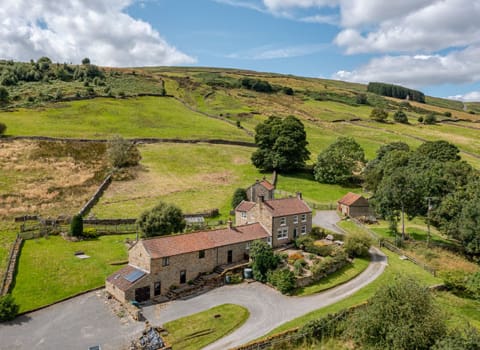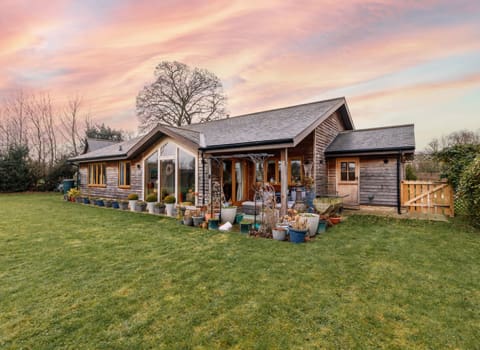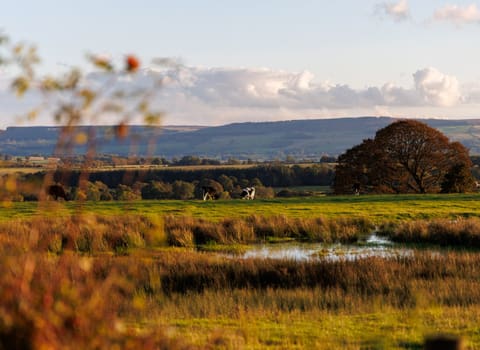Contact our offices
Main office
COLBURN
5 & 6 BAILEY COURT
COLBURN BUSINESS PARK
RICHMOND
NORTH YORKSHIRE
DL9 4QL
Estate Agency Offices are located in
BARNARD CASTLE, BOROUGHBRIDGE & RICHMOND
Residential Management Team
Our Offices
- Alnwick
01665 568310
Email Officealnwick@gscgrays.co.uk - Barnard Castle
01833 637000
Email Officebarnardcastle@gscgrays.co.uk - Boroughbridge
01423 590500
Email Officeboroughbridge@gscgrays.co.uk - Chester-Le-Street
0191 3039540
Email Officechester-le-street@gscgrays.co.uk - Colburn
01748 897630
Email Officecolburn@gscgrays.co.uk - Driffield
01377 337180
Email Officedriffield@gscgrays.co.uk - Hamsterley
01388 487000
Email Officehamsterley@gscgrays.co.uk - Hexham
01434 611565
Email Officehexham@gscgrays.co.uk - Kirkby Lonsdale
01524 880320
Email Officekirkbylonsdale@gscgrays.co.uk - Penrith
01768 597005
Email Officepenrith@gscgrays.co.uk
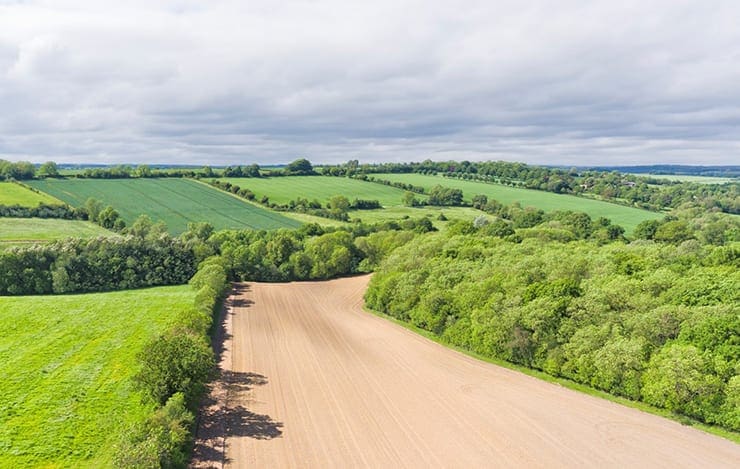
The Woodland Investment Market
The traditional timber market has been dominated by pulp and construction material but in recent years opportunities for biomass have added interest and competition to the market.
Now with corporates focusing more on Environmental, Social and Governance (ESG),investment trusts and funds are springing up to take advantage of the sustainability demands of our changing world, with commercial forestry and carbon sequestration falling alongside renewable energy sources.
Such investors are looking for scale which means their search for opportunities must span the globe.
In the UK we have a fundamentally strong forestry asset base with 3.21 million hectares currently planted to commercial timber crops. About 26.8 % of this is owned or managed by the state through Forestry England, Forestry and Land Scotland, the Forest Service of Northern Ireland and Natural Resources Wales. This leaves around 2.35 million hectares in private ownership, much of which was created in the 1970s and 1980s when commercial timber was removed from taxation to encourage wider planting. These tax incentives remain today and continue to attract investment; however, the big change has been the lack of available land for tree planting, particularly in England.
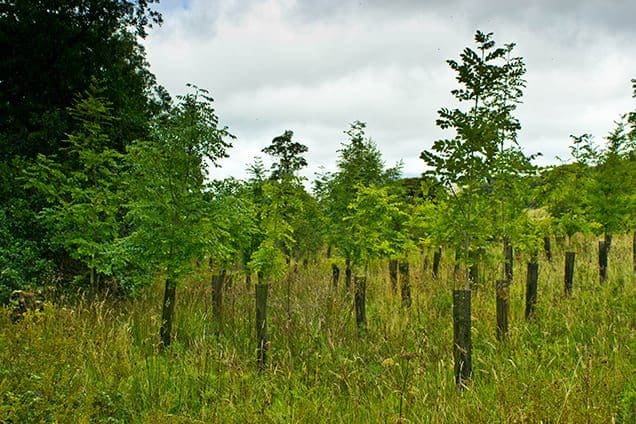
The market for commercial forestry is therefore buoyant with demand outstripping falling supplies but if you can find good woodland it is certainly worth looking at. The global timber price has been increasing from early 2017 having experienced a relatively static period for the previous five years. Nevertheless, investment returns have been in the region of 8-10% consistently over the last ten years. The value of productive woodland currently averages around £16,000 per hectare which ranges from around £8,000 per hectare to £17,000 per hectare depending on where you are in the UK in relation to the best growing conditions (areas of high rainfall) and the proximity of timber processing plants and their access routes. Cumbria, Wales and south west Scotland have commanded the highest prices with northern Scotland at the lower end. Scotland accounted for nearly 70% of the total area offered for sale in 2020 and also for the vast majority of newly planted areas exceeding 80% of the total planted area last year.
The most notable change in the market last year was the surge in interest and prices for younger plantations of between 10 and 15 years, fuelled by interest in Natural Capital and the opportunities around carbon sequestration.
Replanting of harvested woodlands does not currently garner the support of replanting grants whereas planting virgin ground does. There are changes underway in the forestry planting grants available in order to encourage wider afforestation, but this can only be done with the consent of the local planning authority and in many of the best planting areas in the country, the National Parks Authorities have not been supportive of commercial afforestation for many years.
For further information please contact Peter Knox or John Coleman who would be delighted to discuss further opportunities with you.



